Even though I’ve never dropped acid, looking back on the children’s television I absorbed like a sponge in the late ’70s, I think I got enough of the experience. Case in point:
I’m lazily linking over to this on YouTube, but I actually watched it again for the first time in 30 years earlier today on the Sesame Street Old School 1974-1979 DVD set I just bought at Target. Which is not — at all — to say that I hadn’t thought of it countless times in those intervening 30 years. The “plastic house” and the freaky yo-yo dude in particular are burned eternally into my memory.
Now, I know a lot of people my age are going to have a nostalgic recollection of clips like this, but I wonder how many are as deeply imprinted with these iconic images as myself. Back in 1978, when this clip actually aired, I was at my absolute peak of Sesame Street viewing and on most days I spent at least 3 1/2 hours watching the show. (We got two PBS stations; one aired it at 8:00, 11:30 and 4:30, and the other at noon and 3:00.) I saw many of these segments more times than I can count. And speaking of counting, fortunately, I didn’t need, at that age, to learn to do so in Russian:
The first time I watched this I was so in awe of the ambitious yet failed effort to squeeze the copious syllables of the Russian numbers into the fast rhythm of the song, I didn’t even pay attention to the fact that the entire “12” segment consists of U.S. landmarks (Statue of Liberty, Washington Monument, Mount Rushmore, etc.). I wonder when exactly this clip aired on Russian television, and whether anyone involved in putting it on the air realized what it was depicting wasn’t just drugged out hallucinations. (Well, it was, but not just.)
